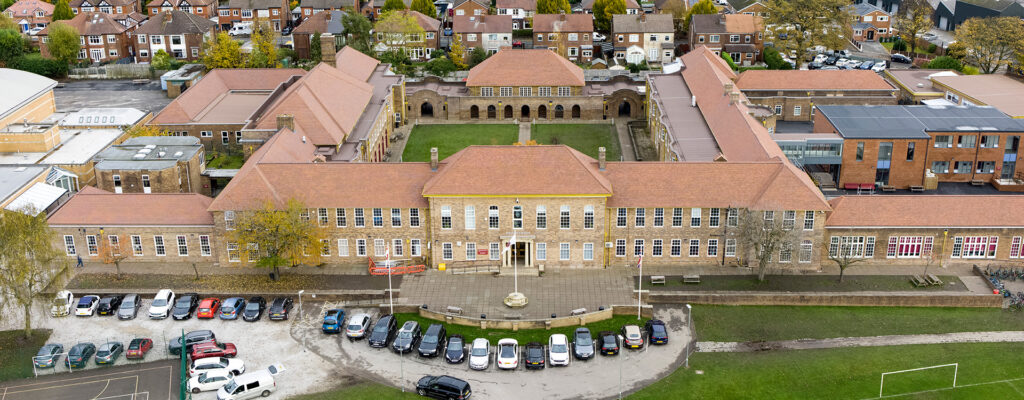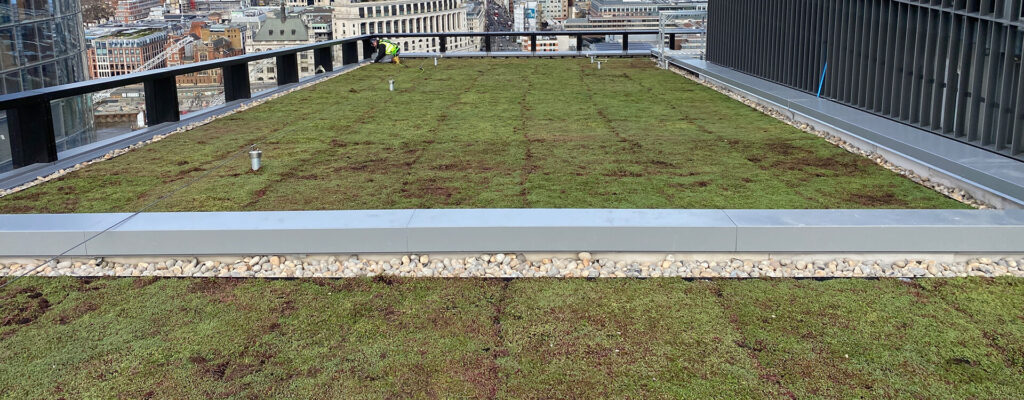Insulation has been a key component of the flat roofing industry for the last 50 years or so and during that time we have seen significant increases in the thicknesses required and the types of insulation that can be used; each have their own merits and benefits.
The question of whether or not to insulate has mostly been proven that it is beneficial, but it’s important to ensure the costs are proportionate. With existing buildings the roof accounts for around 25% of heat loss, however, uninsulated walls account for 33%, therefore it is important to balance the investment of insulating.
This blog article hopefully will make it easier to select the right insulation for your projects.
Insulation works through a combination of characteristics. The insulation material’s natural capacity to inhibit the transmission of heat and the use of pockets of trapped gases which are natural insulants.
Gases possess poor thermal conduction properties compared to liquids and solids and thereby make a good insulation material; if they can be trapped.
In foam materials small gas cells or bubbles occur within the structure; in fabric insulation, such as wool, small variable pockets of air occur naturally to form gas cells.

What types of insulation are there?
Rigid Foam insulation: PU/PIR (Polyurethane/Polisocyanurate) PU type boards were once commonly used but chemicals and components used in manufacture were deemed not to be environmentally friendly. As a result of this, foam type board manufacturing switched to PIR products which offered more favourable environmental credentials as well as a better fire resistant performance. Rigid Foam Boards have low density, where approximately 97% of the volume of the foam is trapped gas; the end result being excellent insulation properties.
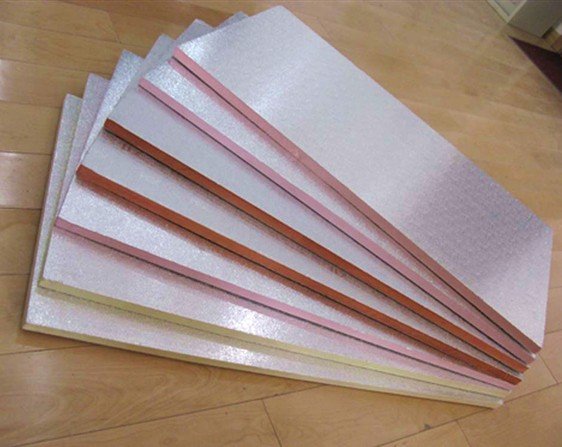
Polystyrene: EPS/XPS (Expanded/Extruded) Polystyrene was first discovered in 1839. One of the most widely used plastics in the world EPS is a rigid and tough, closed-cell foam bead sometimes referred to as “Bead Board”.
EPS is produced from solid beads of polystyrene. Expansion is achieved by virtue of small amounts of gas contained within the polystyrene bead. These cells occupy approximately 40 times the volume of the original polystyrene bead. EPS boards can offer an economic solution to the use of insulation products in a flat roof system.
Molten rock which is spun into fibre (much like candy floss) and bound and formed into boards or blankets. Rock fibre boards are considered to be one of the most fire resistant types of insulation available. They also offer excellent acoustic performance.
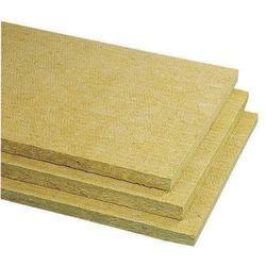
Polystyrene: EPS/XPS (Expanded/Extruded) Polystyrene was first discovered in 1839. One of the most widely used plastics in the world EPS is a rigid and tough, closed-cell foam bead sometimes referred to as “Bead Board”.
EPS is produced from solid beads of polystyrene. Expansion is achieved by virtue of small amounts of gas contained within the polystyrene bead. These cells occupy approximately 40 times the volume of the original polystyrene bead. EPS boards can offer an economic solution to the use of insulation products in a flat roof system.

EPS/XPS: XPS foam is formed from solid polystyrene crystals which are mixed with various additives as well as a blowing agent and fed into an extruder. Within the extruder, the mixture is combined and melted under controlled conditions of high temperature and pressure into a viscous plastic fluid. The hot, thick liquid is then forced in a continuous process through a die.
As it emerges from the die, it expands to foam, is shaped, cooled, and trimmed to dimension. XPS is commonly used for inverted systems where the insulation is exposed or outside of the waterproofing system.
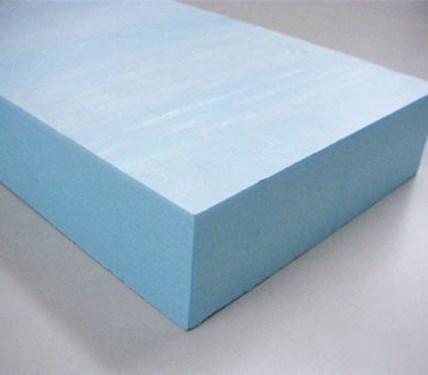
Cork: A natural and sustainable product which is the bark of the Cork Oak Tree (Quercus Suber) and is harvested by hand. The raw cork product is heated at very high temperatures and expands, much like popcorn, at this time a waxy product “Suberin” is released which acts as a binder enabling boards to be produced without the need for additional adhesives.
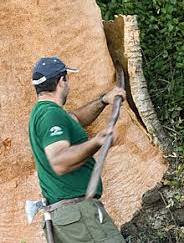
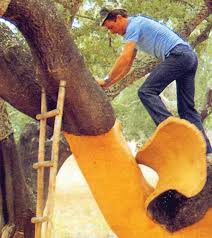
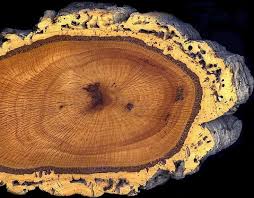
Other insulation used in the past includes Cellular Glass, Wood Fibre Board & Perlite. Whilst they are still available they are generally overlooked in favour of the types of insulation mentioned above.
Vacuum Insulated Panels
More recently some manufacturers have introduced Vacuum Insulated Panels comprising of a microporous core which is evacuated, encased and sealed in a thin, gas-tight envelope,
giving outstanding thermal conductivity. The boards must not be punctured and must be used in conjunction with a layer of PIR type boards as protection.
In a cold roof construction “Roll down” materials, in the form of mineral glass or rock fibre, are mostly used. Loose vermiculate poured and spread between joists was also used in the past, as has sheep’s wool.
How Do They Perform
Thermal conductivity (also known as Lambda) is the rate at which heat passes through a material, measured in watts per square metre of surface area for a temperature gradient of one kelvin for every metre thickness. This is expressed as W/mK
| Typical Lambda (λ) values | Thickness to achieve 0.18 W/m²K |
|---|---|
|
• Perlite (0.055)
• Woodfibre (0.048) • Cellular Glass (0.042) • Cork (0.041) • Rock Fibre (0.036) • Extruded polystyrene (0.034) • Expanded polystyrene (0.033) • Tissue Faced PIR(0.026) • Foil Faced PIR (0.022) • Vacuum Insulated Panel (0.007) (+Tissue Faced PIR) |
260mm
230mm 200mm 200mm 170mm 160mm 150mm 120mm 110mm 30mm + 30mm |
In our experience here at IKO Polymeric it is not unusual to be told that there are various height restrictions on a roof, most commonly on refurbishment work due to existing elements/abutments. New constructions also have their own limitations. In these cases the choice of insulation may be driven by such limitations.
Since June 2017, there has been an increase in the interest in fire safe products. Rock fibre products while at the higher end of the cost matrix, are undoubtedly the preferred choice. These products also provide a very good acoustic performance and the 21st century has seen an increase in the number of projects requiring an acoustic performance.
If there are no height limitations or a need for the best fire performance and the customer has a restrictive budget, then EPS offers a competitive choice.
Providing or improving drainage falls is another use for insulation and cut-to-falls insulation schemes have been in use almost as long as insulation has been used above the roof deck.
Like the standard boards, tapered insulation systems are formed of most of the commonly used materials or a combination of them.
The insulation layer commands the largest contribution to the flat roofing budget so the building owner should analyse the overall needs and the budget carefully. While there is significant capital outlay, the modern flat roof system has a potential to last 30 to 50 years so getting it right at the design/tender stage could prove to be a very wise investment.
For more information, please contact IKO Polymeric’s technical team:
